 AD
AD
Today is: December 08
Scroll to explore events active on this date.
Additional Events on LEEP
LEEP INK FEATURES

August? Absolutely!
In August, we live through the Dog Days of Summer. It's hot and often humid, and those who can leave for better climates do. Down south, winter is in full force. August is also known as "the ...

In The Heat of July: July 2025 Events
Is it hot enough (or cold enough if you're below the equator) for you yet? There is actually a day for that! Like every month, I pick a diverse collection of events you may or may not know about. This ...

May Blooms: Events in May 2025
Along with October, May is one of the most densely packed months of the year. It's before the summer humidity and the last whole month of the school year. The weather is warming in t...
About the Easter Rebellion in Ireland
Civil Rights , United Kingdom & Ireland
Ends: Apr 24, 2024
DESCRIPTION:
The Easter Rebellion, also known as the Easter Rising, was an armed insurrection in Dublin, Ireland, from April 24 to April 29, 1916. Irish republicans organized the uprising seeking to end British rule in Ireland and establish an independent Irish Republic.
The primary factions of dissent included two groups pressing for Irish independence, the Irish Republican Brotherhood (IRB) and the Irish Volunteers, along with the women's nationalists group Cumann na mBan.
The rebels seized key buildings in Dublin, including the General Post Office, which served as their headquarters. They declared an Irish Republic and raised the Irish tricolor flag over the building while engaging in street fighting with British troops and police, despite being heavily outnumbered and outgunned.
With artillery and machine guns, British forces quickly suppressed the uprising, forcing the rebels to surrender after six days of fighting. The leaders of the rebellion were subsequently arrested and tried for treason. Fifteen were executed by firing squad, including the seven Irish Proclamation of Independence signatories.
The Easter Rebellion was a significant event in Irish history and marked a turning point in the struggle for Irish independence. It helped to galvanize support for the republican cause and paved the way for the establishment of the Irish Free State in 1922. The leaders of the rebellion, who became known as the "1916 Martyrs," are still revered as heroes by many in Ireland today.
AFTER THE REBELLION
Northern Ireland remained part of Great Britain after 1949, but its Catholic citizens were discriminated against, leading to growing resentment. Political advocacy and later fighting continued with the formation of the Irish Republican Army (IRA) and through the already established political party, the Sinn Féin. The fighting became particularly violent in the 1970s and 80s. This period of fighting between 1969 and 1998 is collectively called "The Troubles."
During the 1990s, both groups focused on political rather than military solutions, and on July 28, 2005, the IRA announced they would put down their weapons. The British Government and Northern Ireland achieved peace in the Fall of 2006, 90.5 years after the Easter Rebellion.
VIDEOS
Currently, this event does not have supporting videos.
SUPPORTING DOCUMENTS
Currently, this event does not have supporting documents.
ADDITIONAL IMAGES
Currently, this event does not have supporting images.
Where would you like to go now?
 AD
AD
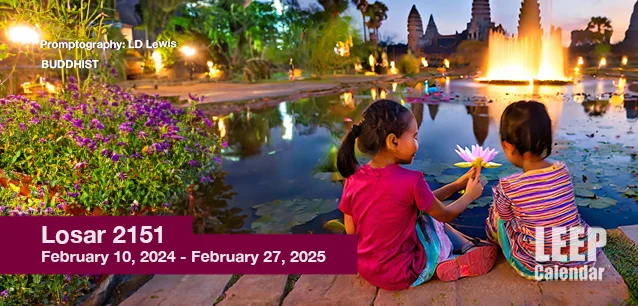

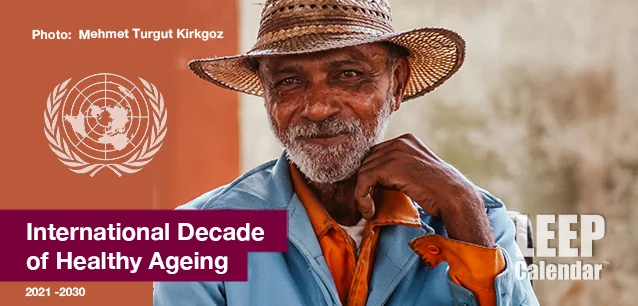




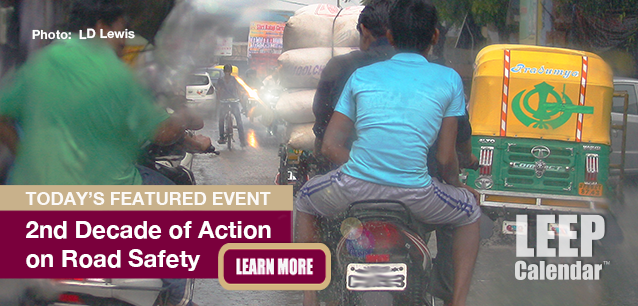

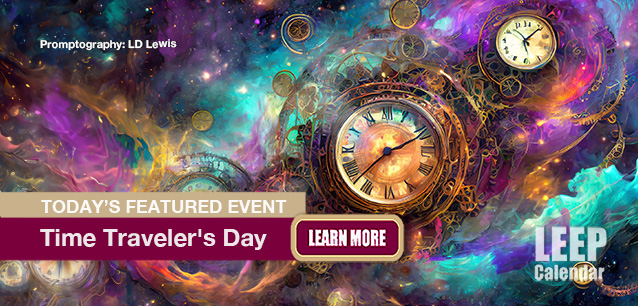

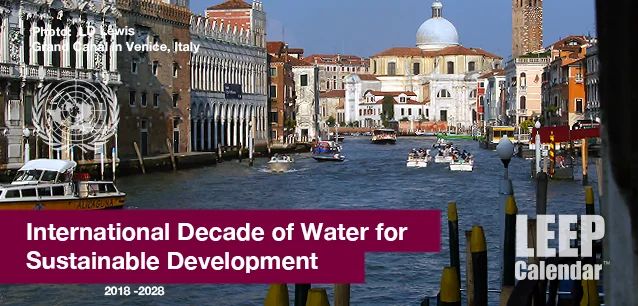









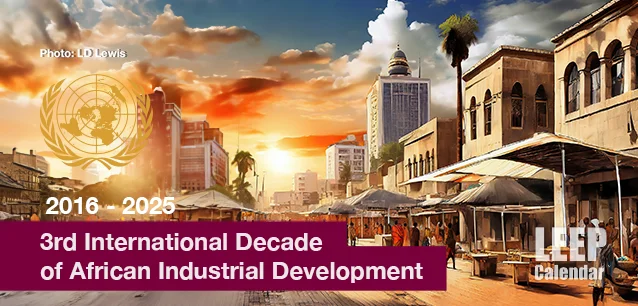

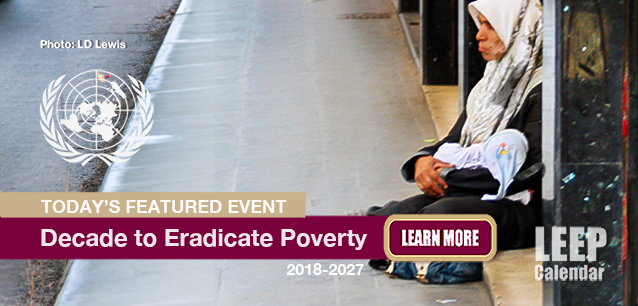











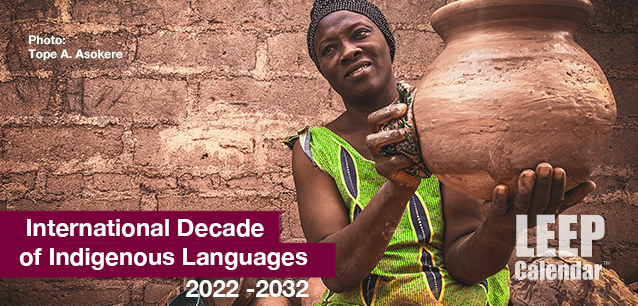



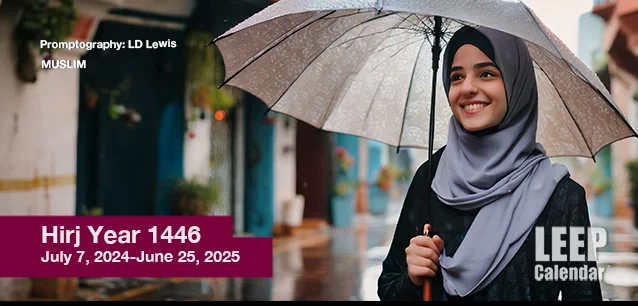


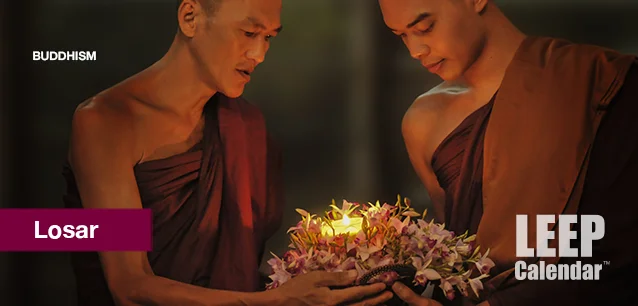






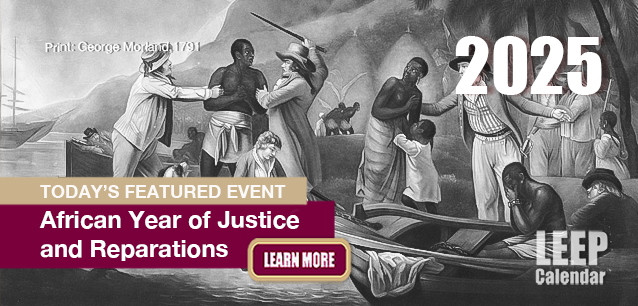


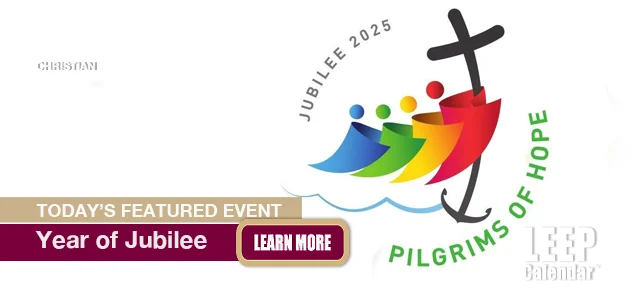




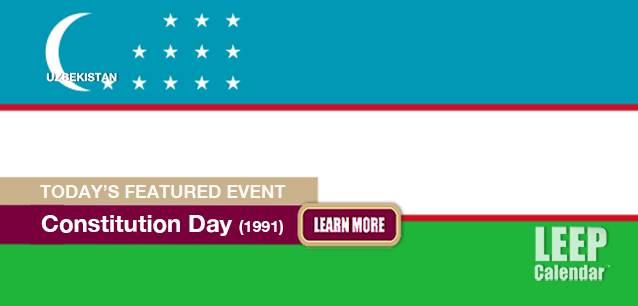





/footer-logo.svg)
